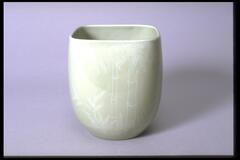809 UMMA Objects
809 UMMA Objects

French (French (culture or style))
Battle of Tritons and Nereids
1667 – 1699
Museum Purchase
1959/2.39

Nishiyama Kan'ei
Cherry Branches
1850 – 1899
Museum purchase made possible by the Margaret Watson Parker Art Collection Fund
1990/1.192
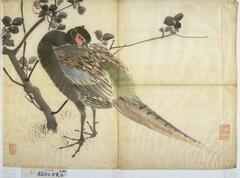
Nishiyama Kan'ei
Pheasant
1850 – 1899
Museum Purchase made possible by the Friends of the Museum of Art
1990/1.196

Nishiyama Kan'ei
Bird on Camellia Branch
1850 – 1899
Museum purchase made possible by the Margaret Watson Parker Art Collection Fund
1990/1.205

Nishiyama Kan'ei
Birds on Camellia Branch
1850 – 1899
Museum purchase made possible by the Margaret Watson Parker Art Collection Fund
1990/1.207
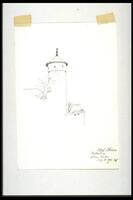
Warren Lombard (American (North American))
'Rothenburg Sketches' V. Straf Thurm. Rothenburg Ob der Tauber.
1889
Gift of Prof. and Mrs. Alfred H. White
1940.319
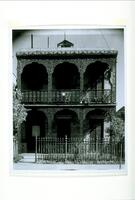
Walker Evans (American (North American))
529 Esplanade Avenue, New Orleans, Louisiana
1935
Gift of Mr. and Mrs. Harry H. Lunn, Jr., in Honor of the Centennial of The Michigan Daily
1990/2.56
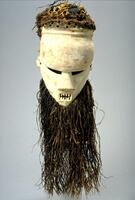
Salampasu (Salampasu)
Mask (Kasangu)
1920 – 1960
Museum Purchase assisted by the Friends of the Museum of Art
1971/2.44
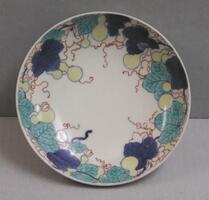
Artist Unknown, Nabeshima ware, Japan
Plate with gourd and vine design (one of five with 1964/1.100 and 102-104)
1700 – 1732
Museum purchase made possible by the Margaret Watson Parker Art Collection Fund
1964/1.101
Loading…
